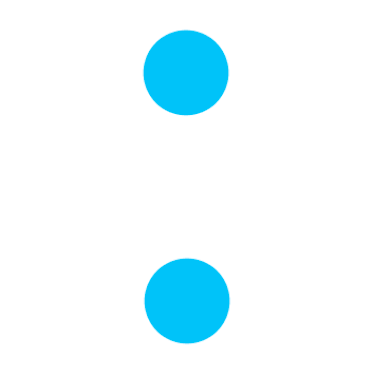MODULE - 1 Est. Duration: 57 min
MODULE - 2 Est. Duration: 48 min
MODULE - 3 Est. Duration: 1 hr 9 min
MODULE - 4 Est. Duration: 41 min
MODULE - 5 Est. Duration: 42 min
MODULE - 6 Est. Duration: 23 min
MODULE - 7 Est. Duration: 56 min
MODULE - 8 Est. Duration: 25 min
MODULE - 9 Est. Duration: 17 min
MODULE - 10 Est. Duration: 24 min
Unit 4.1
‘nuun’
Est. Duration: 4 Minutes
Bookmark This
INTRODUCTION
In this unit we’ll learn about the letter ‘nuun’ (Devanagri: नून | IPA: /nuːn/ | Pronunciation: ). ‘nuun’ does not belong to any letter groups in the Urdu alphabet and is a singular character.
- nuun
- नून
Above: The letter 'nuun'
NOTE
‘nuun’ appears much later in the traditional order of the Urdu alphabet. But it has been included here in the very first stages of this course essentially for the following reasons:
It is a connector and follows the same rules of joining as the letters of the ‘be’ group
It takes upon the same short-forms as those of the ‘be’ group letters
Learning about ‘nuun’ greatly increases the number of words we can learn and enhance our vocabulary with
4.1.1: ‘nuun’
This is the letter ‘nuun’ (Devanagari: नून | IPA: /nuːn/ | Pronunciation: ) .
It creates the sound of ‘n’ (न | ) as in “name”, “paint”, “rain” etc. or as in Hindi/Urdu words such as नाम, रौनक़, कठिन etc.
4.1.2: ‘nuun Gunna’ - Nasalization of vowels
The ‘nuun Gunna’ (Devanagari: नून ग़ुन्ना | IPA: /nuːn/ | Pronunciation: ) is a variant of the letter ‘nuun’ itself.
It is used to denote the nasalized ‘.n’ sound in English words such as “sang”, “ring” or Hindi/Urdu words such as “रंग”, “पाँच”, “कहीँ” etc.
It does not carry the nuqta of the letter ‘nuun’ but only its basic-shape.
IMPORTANT
The ‘nuun Gunna’ appears in its original, full-form only in the final position in a word. For example, in words such as “jaa.n” (जाँ), “jahaa.n” (जहाँ) etc.
In the medial position, the ‘nuun Gunna’ is represented by the short-form of the letter ‘nuun’ itself with an inverted chevron-like shape above the nuqta of the ‘nuun’.
4.1.3: It’s actually easy!
The explanation of this letter may look like a bit much but it is one of the simplest letters to use in the entire Urdu alphabet. Having said that, let’s go ahead and actually create some words with it!





.png)


